
BIO-DL has been successively building close cooperation relations with some famous companies including Thermo Fisher. We have continuously provided higher quality and more cost-effective products for the users in the world and therefore gained a good reputation.
Product Introduction of Automatic Microplate Reader for Quantitative Elisa Assay
A Full Wavelength Microplate Reader is a laboratory instrument used to measure the absorbance of reactants in microplates. Compared with traditional enzyme-linked immunosorbent assay (ELISA), full wavelength ELISA has a wider wavelength range, allowing users to measure absorbance at different wavelengths. Here are some key features and working principles of a full wavelength enzyme-linked immunosorbent assay (ELISA) reader:
Main features and working principle of Automatic Microplate Reader for Quantitative Elisa Assay
Wavelength Range: Full wavelength enzyme-linked immunosorbent assay (ELISA) analyzers typically have a wide range of wavelengths, typically from ultraviolet (UV) to visible light, covering the wavelength range of 200 nanometers to 800 nanometers. This means that it can measure absorbance at different wavelengths, making it suitable for analysis of various molecules and reactions.
Functionality: Due to its wide wavelength range, the full wavelength enzyme-linked immunosorbent assay (ELISA) can perform various absorbance measurement tasks. It can be used for analyzing DNA RNA, Protein, cell, enzyme reaction, chemical reaction and other biological and chemical analyses.
High sensitivity: These instruments typically have high sensitivity and can detect low concentrations of molecules. This makes them very useful in clinical diagnosis, biological research, and the pharmaceutical industry.
Porous Plate Compatibility: Full wavelength enzyme-linked immunosorbent assay (ELISA) analyzers are typically compatible with microplates, which are standard laboratory tools used for processing multiple samples simultaneously.
Data processing: These instruments are typically equipped with data processing and analysis software that can assist users in processing and interpreting experimental data.
The application fields of full wavelength enzyme-linked immunosorbent assay (ELISA) are very wide, mainly including the following aspects:
Life Science Research
Nucleic acid research: used for quantitative analysis of DNA and RNA, accurately determining nucleic acid concentration by measuring the absorbance of the sample at a wavelength of 260nm. It can also be used to analyze the purity of nucleic acids, such as determining the presence of impurities such as proteins by the ratio of absorbance at wavelengths of 260nm and 280nm.
Protein research: It can measure the absorbance of proteins at a wavelength of 280nm for concentration determination, and also supports various protein quantification methods such as Bradford and Lowry. It can also be used to study the structural and functional changes of proteins, such as analyzing their structural changes by monitoring the changes in absorbance during protein denaturation or refolding processes.
Enzymatic research: By measuring the changes in light absorption of reactants or products during enzyme catalyzed reactions, the reaction rate, enzyme activity, Michaelis constant, etc. of enzymes can be analyzed. It can also be used to screen enzymes with specific activities, or to study the effects of enzyme inhibitors and activators on enzyme activity.
Cell biology research: Cell concentration and growth status can be determined by measuring the absorbance of cells at a wavelength of 600nm, monitoring cell culture and fermentation processes, and understanding processes such as cell proliferation, differentiation, and apoptosis.
clinical diagnosis
Infectious disease detection: detect pathogen antibodies or antigens in blood samples, such as hepatitis B B virus surface antigen, hepatitis C virus antibody, AIDS virus antibody, etc., to assist in the diagnosis and monitoring of infectious diseases.
Tumor marker detection: Quantitatively detecting tumor markers in the blood, such as alpha fetoprotein (AFP), carcinoembryonic antigen (CEA), carbohydrate antigen 125 (CA125), etc., to assist in early screening, diagnosis, and treatment efficacy evaluation of tumors.
Metabolic disease detection: it is used to detect blood sugar, blood fat, liver and kidney functions and other related indicators, such as glucose, cholesterol, triglyceride, alanine aminotransferase, and glutamic oxaloacetic transaminase in serum, to assist in the diagnosis and condition monitoring of metabolic diseases such as diabetes, hyperlipidemia, and liver diseases.
Autoimmune disease detection: Detecting autoantibodies such as antinuclear antibodies (ANA), rheumatoid factor (RF), etc., to provide a basis for the diagnosis and assessment of autoimmune diseases.
Drug development
Drug screening: In the early stages of drug development, it can be used for high-throughput screening of a large library of compounds to quickly identify potentially active drug molecules and improve the efficiency of drug discovery.
Pharmacological evaluation: Study the interaction between drugs and targets, analyze the dose-response relationship of drugs, evaluate the efficacy and safety of drugs, and provide data support for further research and optimization of drugs.
Drug metabolism research: studying the metabolic process of drugs in the body, by detecting changes in the activity of drug metabolizing enzymes, understanding the metabolic pathways and rates of drugs, and providing a basis for drug formulation design and administration plan formulation.
Drug toxicity testing: Evaluating the toxic effects of drugs on cells, tissues, or organisms, such as by detecting cell viability, apoptosis rate, and other indicators in cell toxicity experiments to determine whether the drug has potential toxicity.
Food safety testing
Harmful substance detection: detecting pesticide residues, veterinary drug residues, heavy metals, toxins and other harmful substances in food, such as detecting organophosphate pesticide residues in vegetables, clenbuterol residues in meat, aflatoxins in grains, etc., to ensure food safety.
Additive testing: Quantitatively analyze the content of additives in food, such as preservatives, pigments, sweeteners, etc., to ensure that the use of food additives complies with national standards.
Microbial testing: detecting pathogenic bacteria in food, such as Escherichia coli, Salmonella, Staphylococcus aureus, etc., to prevent food from being contaminated by microorganisms.
environmental monitoring
Water quality monitoring: measuring the concentration of heavy metal ions, organic pollutants, pesticide residues, and other components in water bodies, evaluating water pollution status, and providing data support for water resource protection and management.
Soil monitoring: detecting the content of pollutants in soil, such as heavy metals, pesticides, petroleum hydrocarbons, etc., to understand the degree of soil pollution, guide soil remediation and agricultural production.
Air monitoring: Analyze the chemical composition of gaseous pollutants or particulate matter in the air, such as sulfur dioxide, nitrogen oxides, heavy metals in particulate matter, etc., evaluate air quality, and provide a basis for air pollution prevention and control.
Agricultural Science Research
Plant physiological and biochemical analysis: studying physiological processes such as photosynthesis, respiration, and enzyme activity in plants, analyzing changes in the content of biomolecules such as proteins, nucleic acids, and hormones in plants, and understanding the growth and development mechanisms of plants and their response mechanisms to the environment.
Crop quality testing: detecting the nutritional components in agricultural products, such as protein, starch, fat, vitamins, etc., evaluating the quality and nutritional value of crops, and providing reference for crop breeding and cultivation management.
Plant disease detection: detecting pathogenic bacteria or disease resistance related proteins produced by plants themselves to assist in the diagnosis and prevention of plant diseases.
Packaging & shipping of Automatic Microplate Reader for Quantitative Elisa Assay

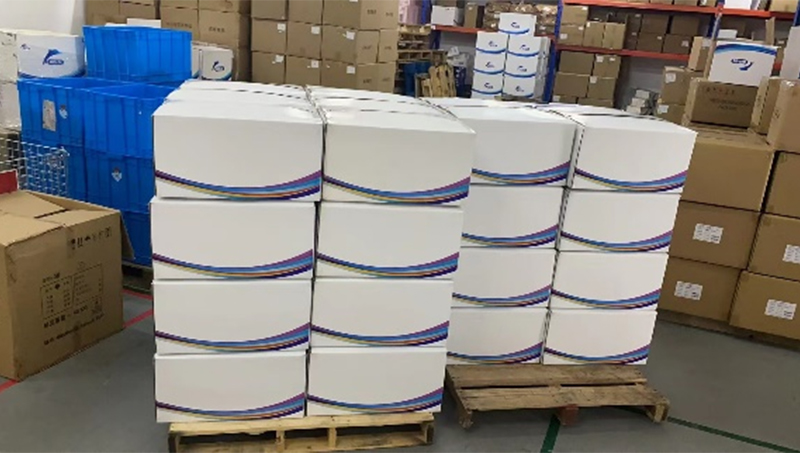
Our Factory

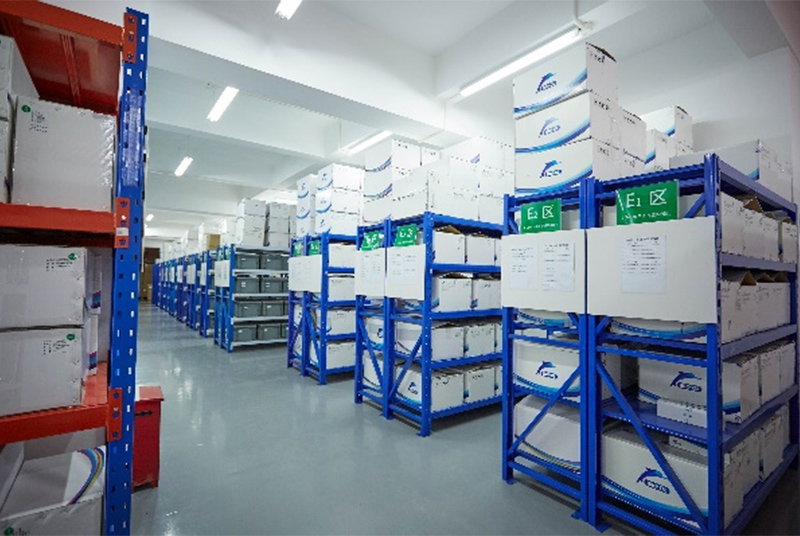
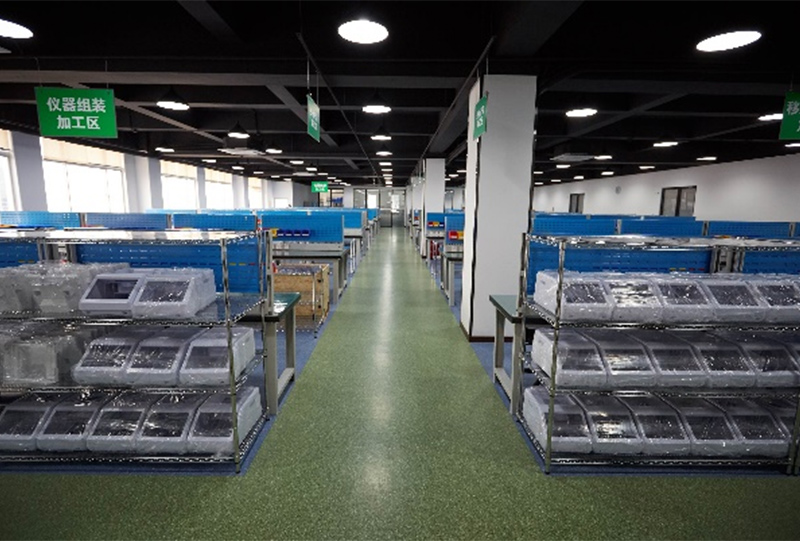
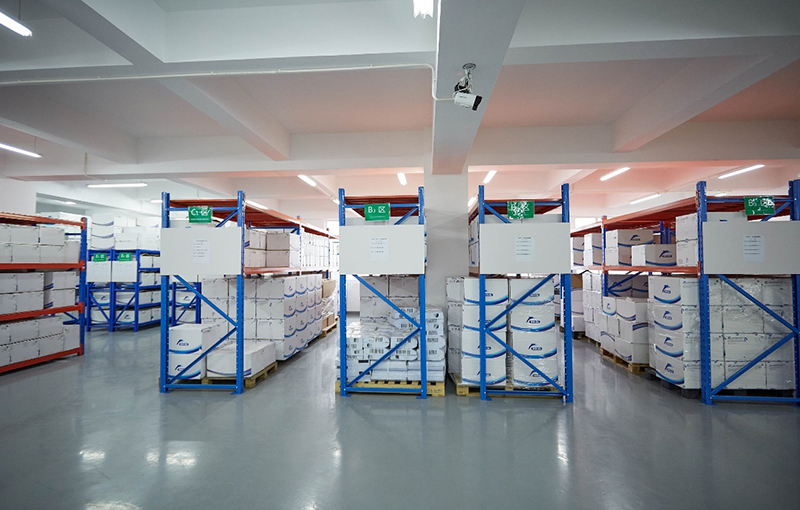
Our Team
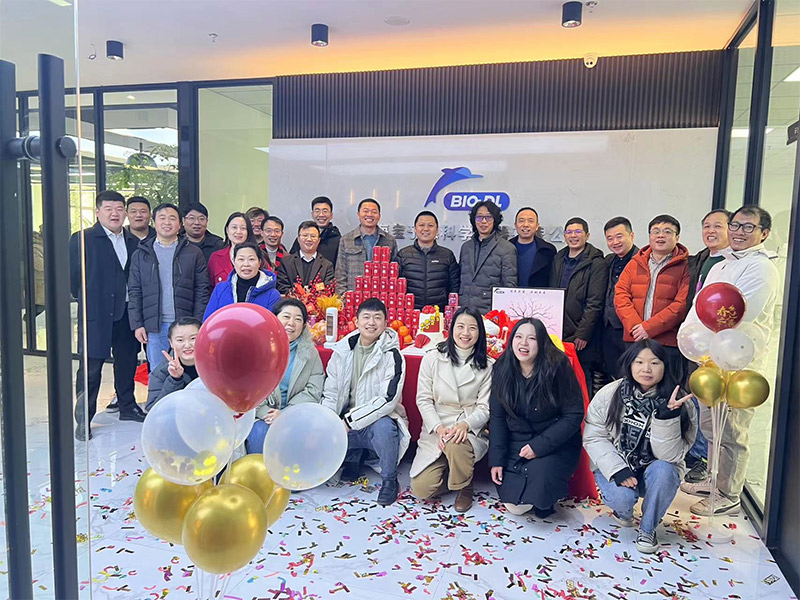

Our Client
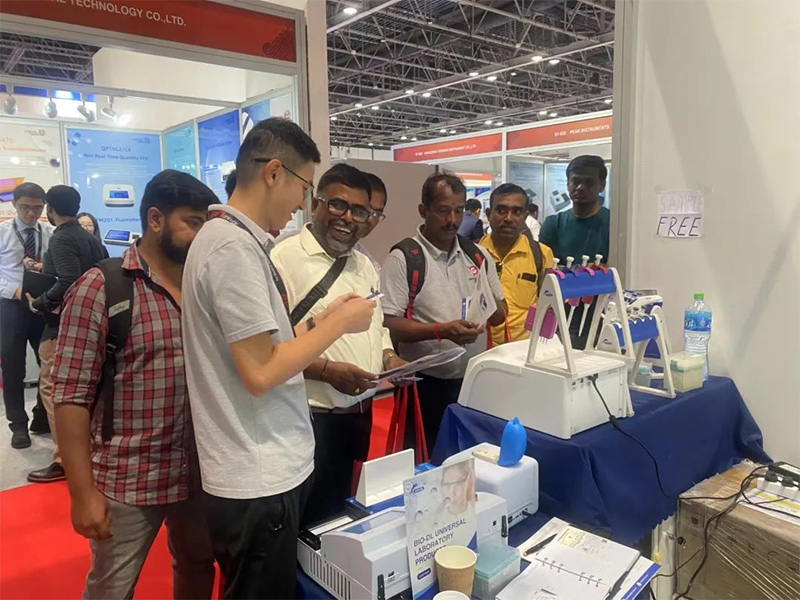
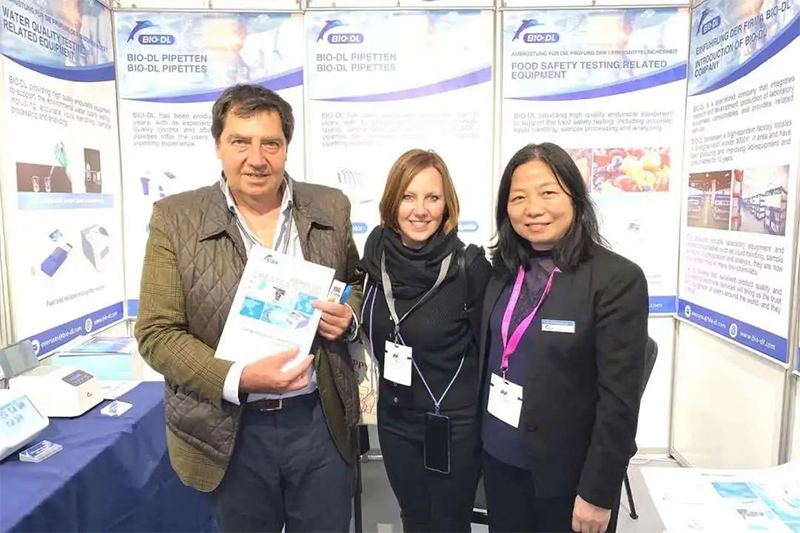
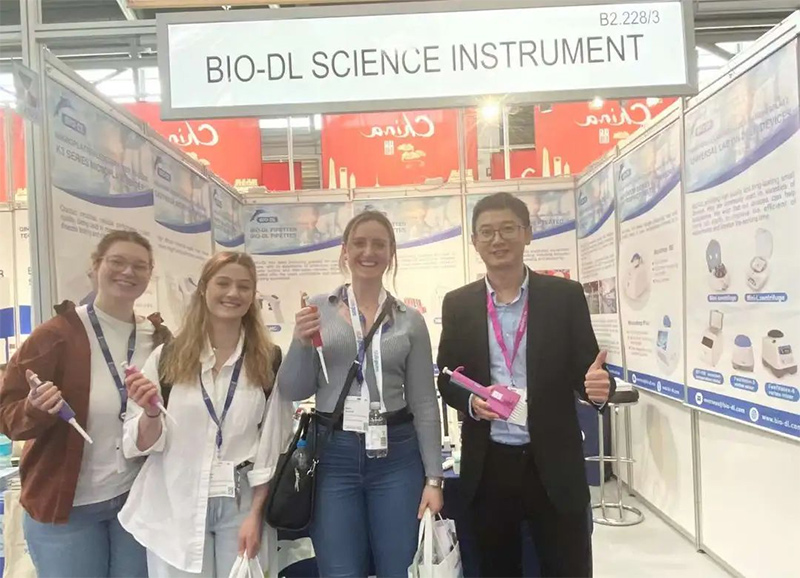
FAQ
Q: How about quality of the goods?
A: All the running products comply with CE standards.
Independent quality inspection team, conducting multiple inspections and random inspections from parts supply to product dispatch.
Q: Is OEM service available.
A: All of the running products are available for OEM customization, including logo and package.